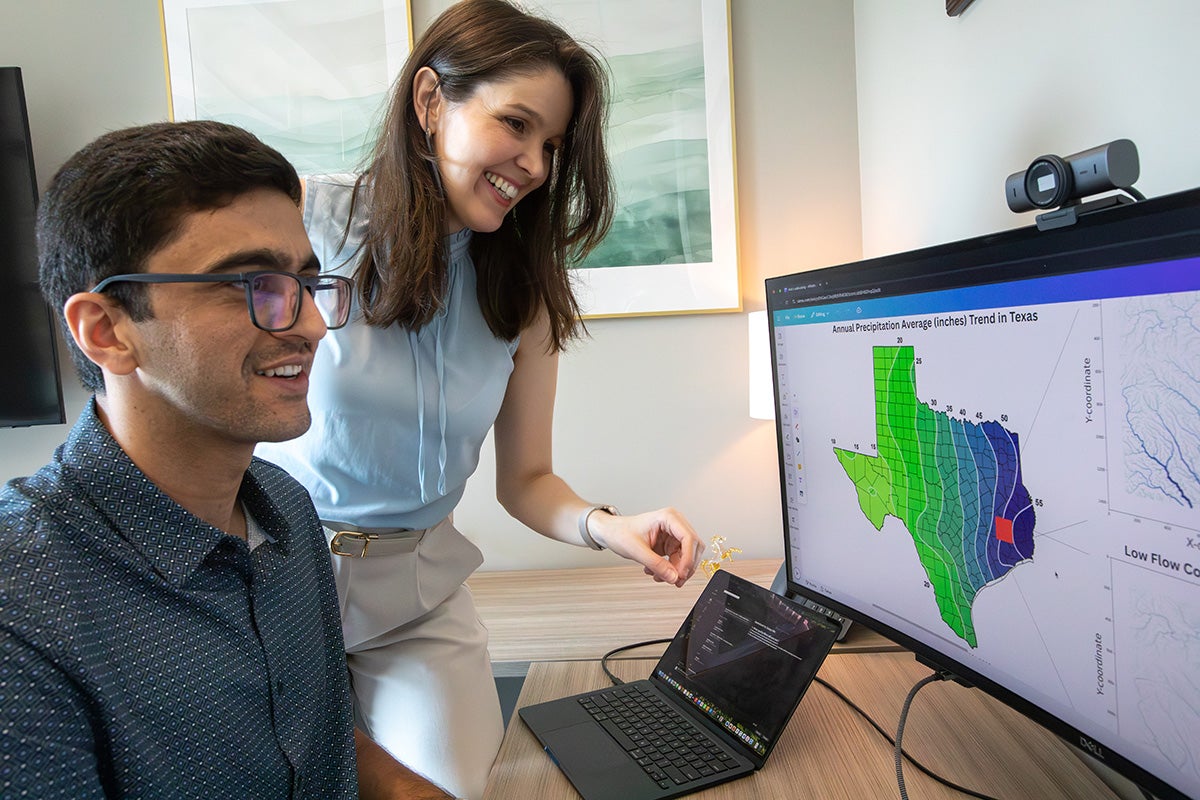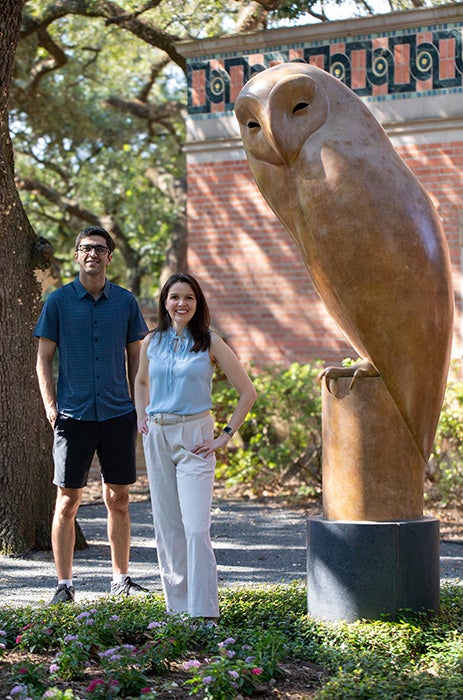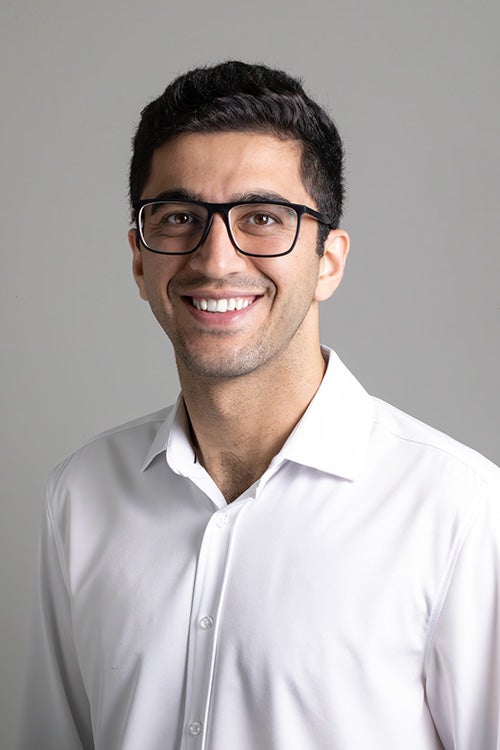
Adnan Dehghani, EEPS Ph.D. student in Dr. Noemi Vergopolan’ Computational Hydrology group, is a Consortium of Universities for the Advancement of Hydrologic Science, Inc. (CUAHSI) Fellow and a Texas Water Resources Institute (TWRI) grantee for research that addresses priority water issues both in Texas and beyond.
The Texas Water Resources Institute (TWRI) is part of Texas A&M AgriLife Research, the Texas A&M AgriLife Extension Service, and the College of Agriculture and Life Sciences at Texas A&M University. They serve the state of Texas by addressing critical water resource challenges through research, education, and outreach. Over the last 25 years this highly competitive program, which aims to foster the next generation of water scientists and engineers, has provided almost a million dollars to support student research in water resources-related fields across Texas.
Dehghani’s proposal "Leveraging Satellites, Gauge Observations, and Physics-Informed AI for Predicting Streamflow Extremes," was chosen among 13 state-wide submissions for 2025-2026.
“The core idea is to leverage our research group’s modeling tools to enhance modeling of river floods and droughts. By combining data from traditional river gauges with information from new satellite missions such as Surface Water Ocean Topography (SWOT), and integrating it all with advanced artificial intelligence, we can create a much more comprehensive picture of what's happening in our rivers,” says Dehghani.
TWRI program support comes from the USGS through the Water Resources Research Act (WRRA) of 1984, which established water resources institutes in each of the 50 states, District of Columbia, Puerto Rico, the U.S. Virgin Islands and Guam, to fund research on a variety of water issues.
According to Dehghani, this research is especially critical for Texas, a state that frequently experiences both extreme flooding and severe drought. His goal is to enhance predictive tools for water managers and emergency services to help protect at-risk communities and infrastructure.

The CUAHSI Hydroinformatics Innovation Fellowship for "Continental-scale river streamflow database for benchmarking, calibrating, and training physical and AI models," expands the reach of Dehghani’s research beyond Texas.
CUAHSI is a National Science Foundation (NSF)-supported non-profit organization that represents over 130 U.S. universities and international water science-related organizations. It serves the hydrology and water science community by providing data services, research support, and educational programs to advance the understanding of the central role of water in Earth systems. The Hydroinformatics Innovation Fellowship is designed to support projects that develop open access, reusable, and shareable tools and resources (like software or data repositories) for the water science community.
“My goal here is to address a major challenge in hydrology: the lack of a comprehensive, high-quality and multi-source benchmark dataset of river streamflow across the entire United States. I plan to develop a benchmark database that integrates decades of historical gauge data with modern satellite observations,” says Dehghani.
This unified database will support the hydrological community, allowing scientists to better calibrate their hydrological models, train new AI models, and benchmark the performance of different predictive methods.
The Role of AI in Hydrology
Dehghani believes that intersection of AI and computational hydrology is at a pivotal moment, and so his goal with these projects is to be at the forefront of that change, taking full advantage of what AI brings to advance the field and build more resilient solutions for water management.
“We're seeing AI begin to transform every scientific field, and I believe it's more than just another tool in our toolbox; it has the potential to fundamentally change how we approach and solve water problems. Our goal as a research group is to harness the power of AI, integrated with physics-based models, to develop what could be the fastest and most efficient large-scale hydrological model to date, revolutionizing our ability to see the bigger picture of our water systems."
Adnan highlights that the challenge of predicting hydrological extremes, especially in a place like Texas, requires innovation. “My research sits at the intersection of satellite technology, large-scale data, and artificial intelligence, aiming to create a clearer picture of our river water resources. These two awards are complementary: one allows me to build a critical open-source dataset for the community, while the other lets me apply these advanced methods to a critical national problem."

